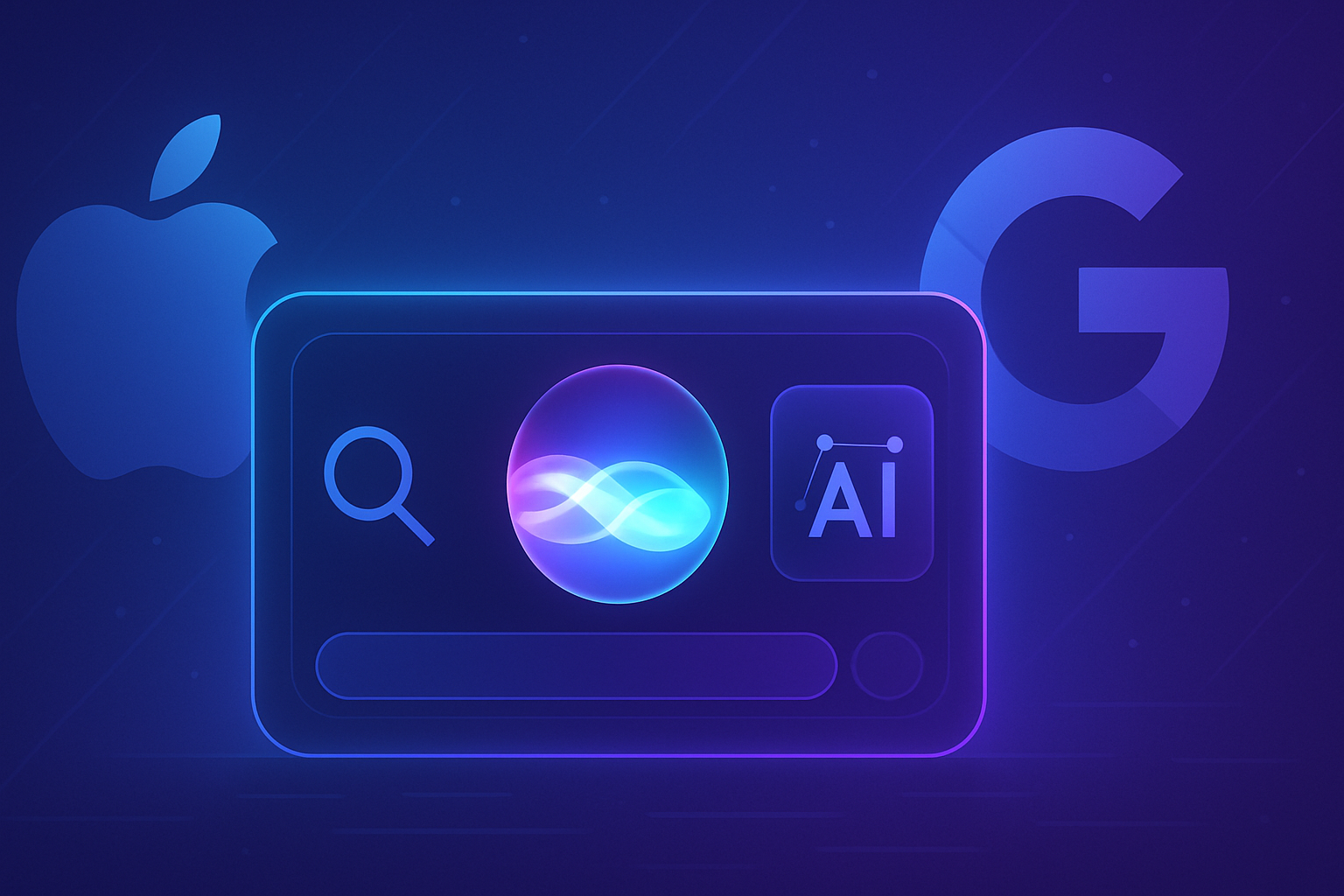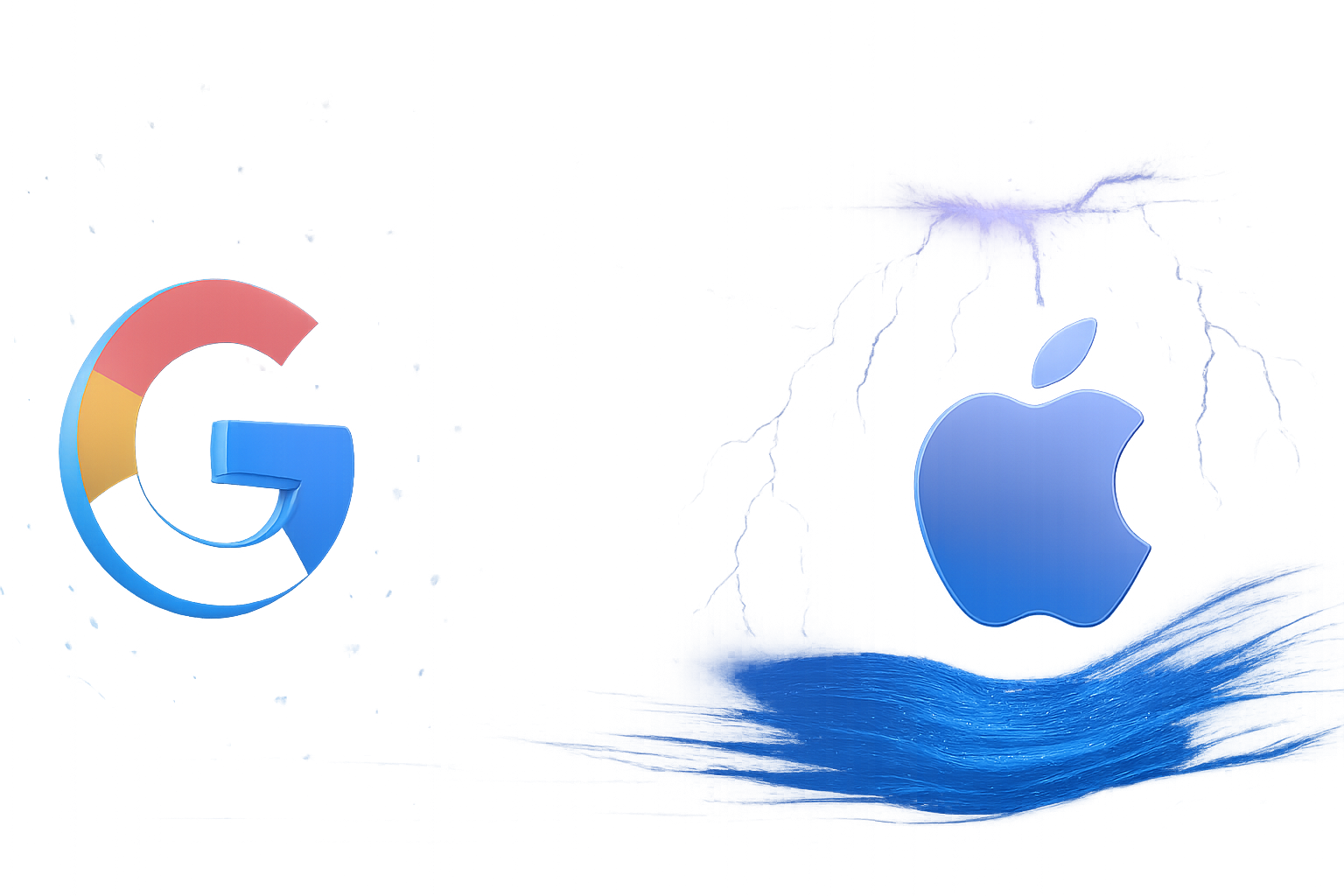DeepSeek, the Chinese disruption on the American App Store
The chatbot from the Chinese start-up DeepSeek has recently taken the lead on the American App Store, surpassing the famous ChatGPT from OpenAI. This significant development could redefine the landscape of AI thanks to DeepSeek’s open-source approach, which allows for unprecedented accessibility.
A meteoric expansion in the American market
The launch of the DeepSeek app, which occurred on January 10, has triggered an immediate reaction in the market. Available for free, it quickly gained popularity, positioning itself as a tangible alternative to American offerings. This is notably due to the simultaneous launch of the open-source reasoning model R1, which captured the attention of professionals and technology enthusiasts around the world.
The R1 model: a strong response to industry leaders
DeepSeek’s R1 model has distinguished itself through an exceptional combination of performance and cost. This model manages to compete with OpenAI’s o1 series while being less expensive. On its website, DeepSeek emphasizes that its model is competitive, posing a direct challenge to American leaders.
An open and unlimited access
DeepSeek has integrated its reasoning model into the web and mobile versions of its chatbot. Users enjoy unlimited access to its service at no cost, which reinforces a collaborative innovation ecosystem. The ability to modify the code freely encourages companies to adopt this technology, thus breaking down entry barriers in the market.
Adapting to economic challenges
Compared to OpenAI’s offerings, which impose a fee of $200 per month for unlimited access to its o1 models, DeepSeek offers a more financially accessible alternative. This favorable pricing strategy is crucial for attracting a broader user base, particularly start-ups and individual developers.
DeepSeek and the rise of open-source AI
DeepSeek’s open-source philosophy represents a strategic turning point in the field of artificial intelligence. It allows for a certain independence from tech giants, positioning DeepSeek as an innovative player in the market. This strategic choice could well prove that open-source models now outperform proprietary solutions in terms of flexibility.
Challenges and future prospects
As the AI landscape continues to evolve, DeepSeek’s rise raises questions about the future of giants like OpenAI. OpenAI’s substantial investments, estimated at over $100 million for the development of its latest GPT-4 model, seem to be challenged by DeepSeek’s budget efficiency, which spent only $5.5 million on its R1 model.
The implications of DeepSeek’s ascent go beyond simple competition. American companies must now consider the reality of a disruptive innovation that could redefine access to artificial intelligence. Understanding this dynamic is essential to grasp the evolution of the current technology market.
The American strategic response to this phenomenon remains to be determined. The reasoning models DeepSeek-R1 are part of a technological race that could redefine the priorities of established players. For an in-depth analysis of the implications of this situation, the emergence of DeepSeek deserves particular attention.
The balance of economic power could be shifting. China, with players like DeepSeek, appears to be regaining ground in the competition for artificial intelligence, a field previously dominated by the United States. For further perspectives on this dynamic, consulting the in-depth analysis will be wise.
DeepSeek is not just a mere challenger, but a player redefining the rules of the game. By offering a high-performing and accessible open-source model, the Chinese company establishes itself as a notable disruptor in modern AI.
The economic repercussions of this rise remain to be closely monitored, as does the future of the giants in light of this new situation.
Consumers, businesses, and technology experts are in a position to observe this evolution, which reflects a market in full transformation. Open-source AI models, such as DeepSeek R1, along with other innovations to watch, will have an undeniable impact in the coming years. Effectively consulting new trends in the sector could determine future adjustments for companies in the field of AI.
For information on innovations in the artificial intelligence sector, feel free to visit the trends to follow.
Frequently Asked Questions about DeepSeek, the Chinese AI disruptor
What is DeepSeek and what is its main innovation?
DeepSeek is a Chinese start-up specializing in artificial intelligence, which recently launched a chatbot on the American App Store, replacing ChatGPT at the top of the downloads. Its flagship innovation is its open-source reasoning model, DeepSeek R1, allowing free and modifiable access for users.
How does DeepSeek manage to compete with OpenAI’s ChatGPT?
DeepSeek stands out due to its reduced development costs, competitive performance, and open-sourcing strategy, which allows users to access and modify the code, making the app more attractive compared to ChatGPT.
What is the impact of DeepSeek’s open-source approach?
DeepSeek’s open-source approach promotes rapid innovation, enables broader adoption, and encourages other companies to integrate its technologies, which could disrupt the AI market dominated by proprietary solutions like those from OpenAI.
How is the DeepSeek R1 model different from OpenAI’s reasoning models?
The DeepSeek R1 model is designed to be more economical and accessible while offering comparable performance to OpenAI’s reasoning models, allowing a larger number of users to benefit from it without high costs.
Is DeepSeek publicly accessible and how can it be used?
Yes, DeepSeek is publicly accessible via the American App Store. Users can download the app for free and enjoy unlimited access to the chatbot, enhanced by the integration of its reasoning model.
What do users think about the DeepSeek app compared to ChatGPT?
User reviews of DeepSeek often highlight its speed, ease of use, and the flexibility offered by its open-source platform, often positively compared with ChatGPT, which is still perceived as more limited in terms of cost and accessibility.
Can DeepSeek truly threaten OpenAI’s position in the market?
With its innovations and open-source strategy, DeepSeek poses a significant threat to OpenAI, particularly by attracting an audience looking for cost-effective and accessible solutions, which could potentially shift the competitive dynamics in the sector.
What are the future prospects for DeepSeek and the AI industry?
DeepSeek could play a key role in the evolution of the AI industry, encouraging other players to adopt open-source models while moving towards a diversification of available offerings, which could benefit the entire sector.






